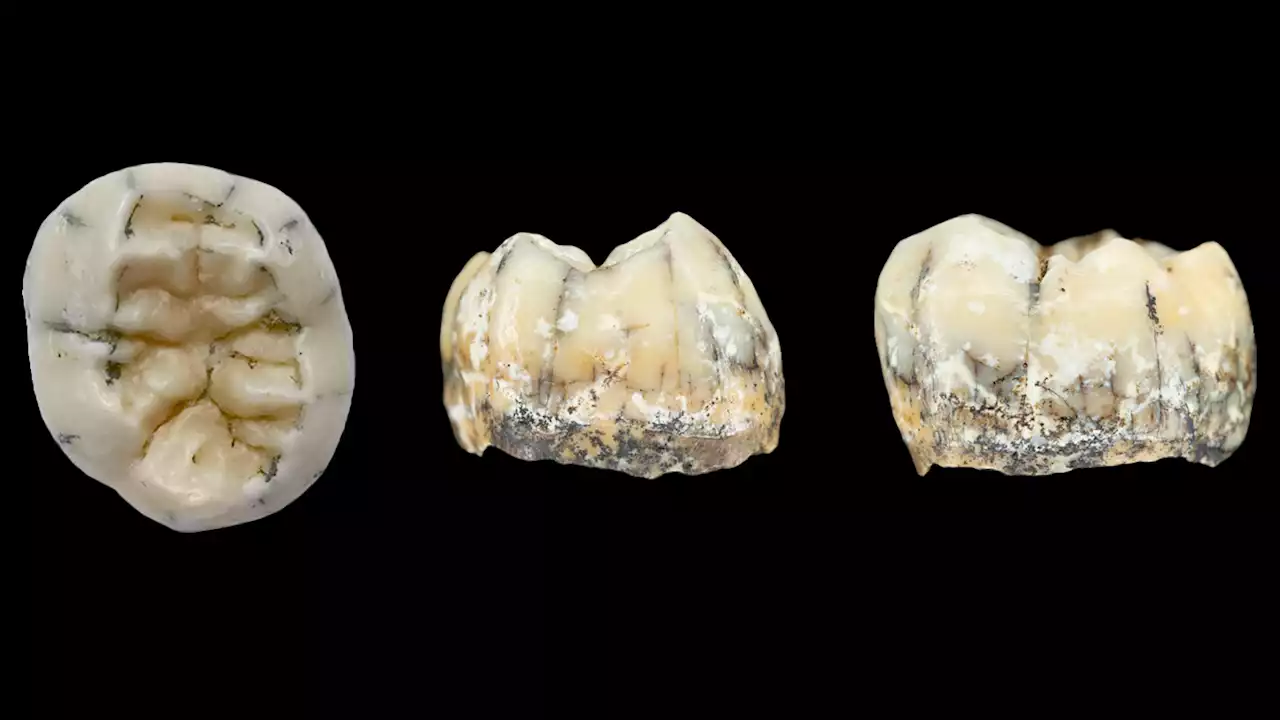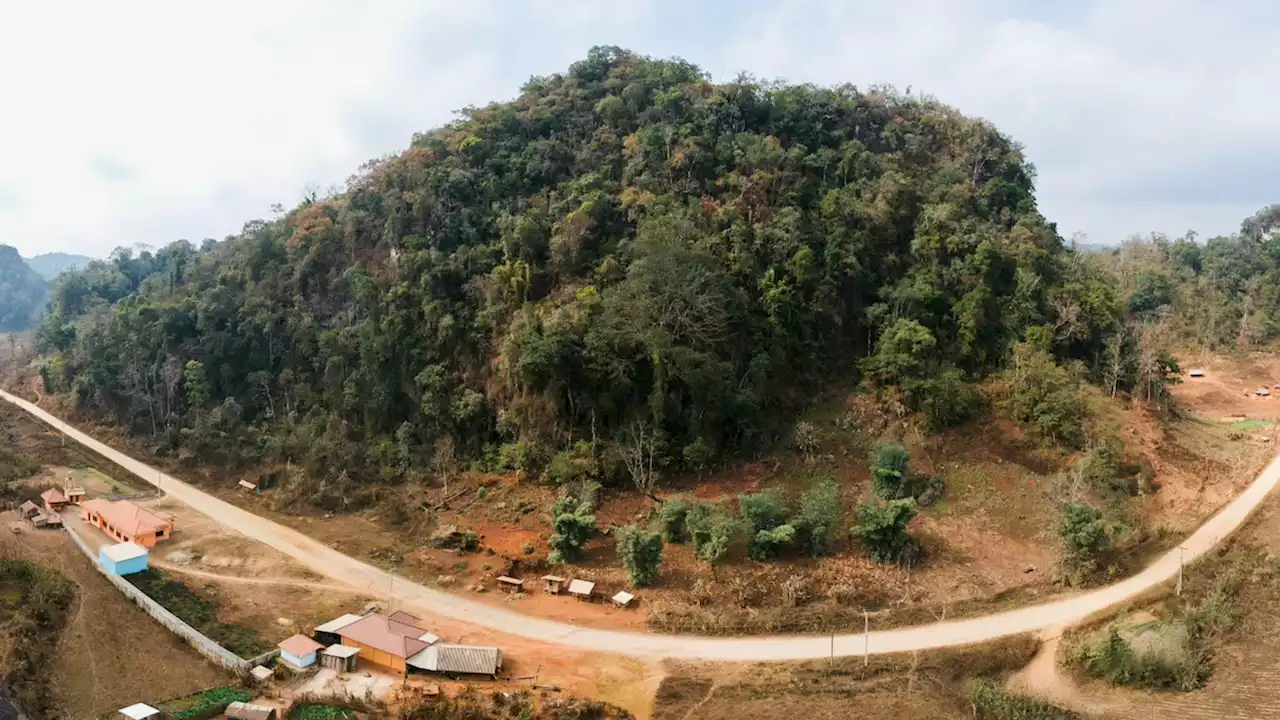A young girl's tooth excavated from a cave wall in northeastern Laos is providing new insight into the mysterious extinct human species called Denisovans and revealing their resourcefulness in adapting to both tropical and chilly climes.
The tooth is one of the few physical remains known of Denisovans, a sister lineage to Neanderthals who until now had been known only from scrappy dental and bone fossils from a single site in Siberia and one in the Himalayas.
"This is the first time that a Denisovan has been found in a warm region," said paleoanthropologist Fabrice Demeter of the University of Copenhagen's Lundbeck Foundation GeoGenetics Centre, lead author of the study published on Tuesday in the journal"It means that they were adapted to opposite environments, from cold and high altitude to warm and low altitude regions. In this regard, they were like us, modern humans," Demeter added.
Neanderthals possessed a strong double-arched brow ridge, relatively large noses and relatively large front teeth. A common ancestor to Denisovans, Neanderthals, and Homo sapiens is thought to have lived in Africa 700,000 to 500,000 years ago, with a branch that led to Denisovans and Neanderthals splitting off 470,000 to 380,000 years ago. Homo sapiens first emerged in Africa roughly 300,000 years ago, then spread worldwide.
Norge Siste Nytt, Norge Overskrifter
Similar News:Du kan også lese nyheter som ligner på denne som vi har samlet inn fra andre nyhetskilder.
 A Denisovan girl’s fossil tooth may have been unearthed in LaosIf confirmed, this tooth joins only a handful of fossils from Denisovans, who are known from ancient DNA pegging them as close Neandertal relatives.
A Denisovan girl’s fossil tooth may have been unearthed in LaosIf confirmed, this tooth joins only a handful of fossils from Denisovans, who are known from ancient DNA pegging them as close Neandertal relatives.
Les mer »
 A Middle Pleistocene Denisovan molar from the Annamite Chain of northern Laos - Nature CommunicationsEvidence for the presence of Homo during the Middle Pleistocene is limited in continental Southeast Asia. Here, the authors report a hominin molar from Tam Ngu Hao 2 (Cobra Cave), dated to 164–131 kyr. They use morphological and paleoproteomic analysis to show that it likely belonged to a female Denisovan.
A Middle Pleistocene Denisovan molar from the Annamite Chain of northern Laos - Nature CommunicationsEvidence for the presence of Homo during the Middle Pleistocene is limited in continental Southeast Asia. Here, the authors report a hominin molar from Tam Ngu Hao 2 (Cobra Cave), dated to 164–131 kyr. They use morphological and paleoproteomic analysis to show that it likely belonged to a female Denisovan.
Les mer »
 Tooth from mysterious human relative adds new wrinkles to their storyDiscovered thousands of miles south of the only other known Denisovan fossils, the molar provides fresh evidence of the enigmatic humans’ spread across ancient Asia.
Tooth from mysterious human relative adds new wrinkles to their storyDiscovered thousands of miles south of the only other known Denisovan fossils, the molar provides fresh evidence of the enigmatic humans’ spread across ancient Asia.
Les mer »
 A Middle Pleistocene Denisovan molar from the Annamite Chain of northern Laos - Nature CommunicationsEvidence for the presence of Homo during the Middle Pleistocene is limited in continental Southeast Asia. Here, the authors report a hominin molar from Tam Ngu Hao 2 (Cobra Cave), dated to 164–131 kyr. They use morphological and paleoproteomic analysis to show that it likely belonged to a female Denisovan.
A Middle Pleistocene Denisovan molar from the Annamite Chain of northern Laos - Nature CommunicationsEvidence for the presence of Homo during the Middle Pleistocene is limited in continental Southeast Asia. Here, the authors report a hominin molar from Tam Ngu Hao 2 (Cobra Cave), dated to 164–131 kyr. They use morphological and paleoproteomic analysis to show that it likely belonged to a female Denisovan.
Les mer »
 What a royal funeral in the UAE says about the nation's future directionThe list of attendees at Sheikh Khalifa's funeral could shed light on the nation's future direction and partnerships.
What a royal funeral in the UAE says about the nation's future directionThe list of attendees at Sheikh Khalifa's funeral could shed light on the nation's future direction and partnerships.
Les mer »
